A request for Dombrovskis et al.: the EU's regulatory simplification efforts need to be... simplified and digitalized
The EU is prioritizing reducing administrative burden on SMEs, led by Ursula von der Leyen and Valdis Dombrovskis. To succeed, the approach must become more streamlined, transparent, and inclusive, avoiding scattered efforts and ensuring broader public representation than before.
The European Union is abuzz with proposals to reduce the administrative burden on European small and medium enterprises (SMEs), including startups.
While the reduction of administrative burden and simplification are among the priorities outlined by Ursula von der Leyen, with Commissioner Valdis Dombrovskis being primarily responsible for their implementation, it has to be noted that the EU has already had many formats on how to achieve the same goals.
Until now, various initiatives aimed at reducing the administrative burden for businesses and public administrations have operated in a somewhat scattered and siloed manner, with the public lacking easy access to track all proposals and institutional effort to implement them.
If the European Commission wants the effort to become an exemplary success, it is important to make sure that the new approach is much more organic than before: simple to engage with, easy to track across various proposals and institutional efforts, and motivating for institutions to go the extra mile.
Any type of reform becomes ten times more difficult and less likely to be impactful if it includes multiple steps over a long period of time, where only traditional methods of consultation with traditional stakeholders (all working in separate groups) are involved.
The EU needs to seize the momentum and make sure that the goal to reduce the administrative burden doesn't become yet another inter-institutional effort with a serious lack of public representation with only annual reports available. A unified digital platform with real-time progress tracking could be a way to go forward.
Von der Leyen's homework for Valdis Dombrovskis
While all Commissioners will have to check their administrative burden reduction progress, the Latvian Commissioner Dombrovskis will be the main one responsible for the success of this ambition.
He will be responsible, among other things, for leading a "screening exercise" to identify areas that need the most attention for simplification, consolidation, and codification of legislation, preparing "an annual plan for fitness checks and evaluations to be presented alongside the Commission Work Programme", implement the new "Reality Check" - a collection of first-hand information from a "selection of stakeholders" and, lastly, make tangible proposals on how to reduce administrative and reporting burdens.
The KPIs set in Ursula von der Leyen's mission letter to Valdis Dombrovskis are clear: reporting obligations need to be reduced by at least 25%, and for small and medium enterprises (SMEs), by at least 35%. It may seem like a significant number at first, but if it's an aggregate figure for the next four years, the ambition appears more modest—around 6-9% per year.
EU's regulatory simplification efforts need to be... simplified
The EU had many different formats aimed at simplifying the EU laws in the past - first, a REFIT Platform was launched, bringing together the Commission, national authorities, and other stakeholders in regular meetings to improve existing EU legislation. REFIT Platform's mandate ended in 2019.
Later, a "Fit for Future Platform" (F4F) was launched where a high-level expert group assisted the Commission in simplifying existing EU laws. The platform's mandate ends in 2024 (See their work results in the picture below).

The EU also has a 'Network of Regional Hubs' whose members monitor the implementation of EU policies on the ground and submit their proposals.
Lastly, the EU also has an 'SME envoys network' whose job is similar - to assess the impact of regulations on SMEs and provide tangible proposals to improve the regulatory burden, among other things.
In order to achieve lasting progress and wide support from the public, the European Commission needs to find ways to both collect and share the suggestions with the public more openly, broadening the stakeholder involvement and introducing a unified platform to track simplification progress.
Employing innovative, and much more inclusive digital tools than previously that combine both easy and accessible proposal submission and tracking the Commission's progress in real time can achieve impactful results and broad society's support, echoing Ursula von der Leyen's mission letter request to "leverage the power of digital tools to deliver better and faster solutions".







